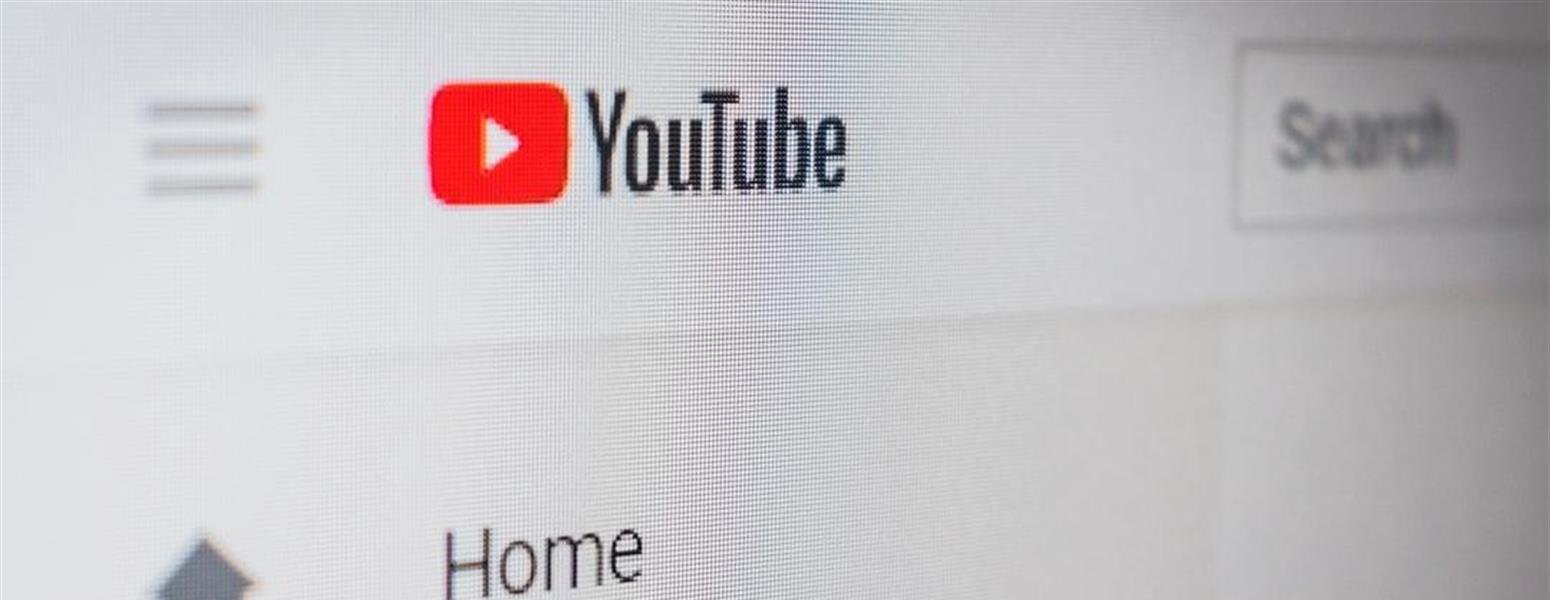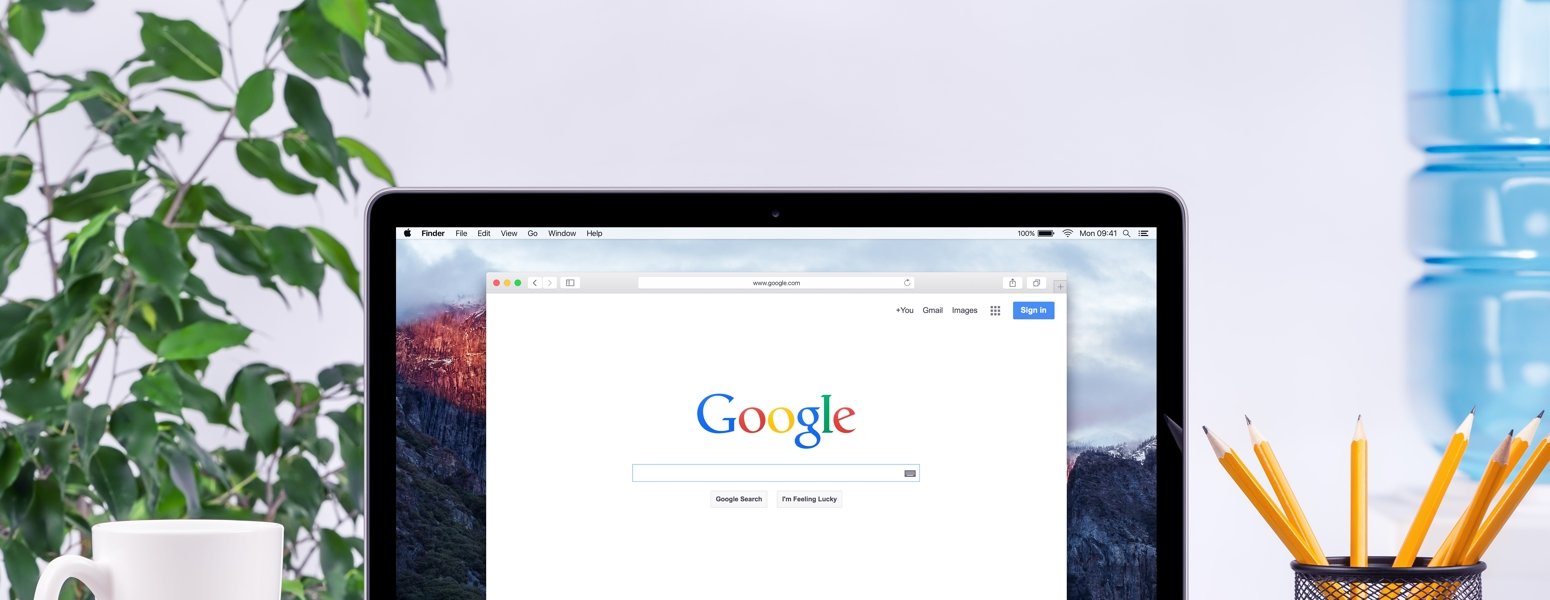You’ve got a small business and a great product. You’re looking to grow your business, bring in more consistent revenue, and get more customers.
Video advertising makes sense.
YouTube advertising makes the most sense of all.
But how do you build a brand using YouTube ads?
This article will provide some background information on YouTube, explain how to set up a YouTube page, show you the kinds of ads you can create for YouTube, and offer some tips on how to make the most of your YouTube ads.
YouTube Background
YouTube, an online video-sharing platform that, to most people, is the online video-sharing platform, was launched in 2005. It is a social media platform, but unlike Facebook and other similar places, it’s primarily for sharing videos.
It is now owned by Google, so when you create a YouTube ad, you also get the advantages of a Google Ad.
By 2010, YouTube’s videos had more than 2 billion views a day.
According to Pew Research, 81% of Americans now use YouTube. That’s more than every other platform (Facebook sits at 69% and Instagram at 40%). It follows that YouTube ads are highly effective. (YouTube Premium is a subscription service that runs on an annual user fee rather than being ad-based.)
While other platforms are, more or less, at the same level of popularity from earlier surveys, YouTube’s viewership is statistically up from 2019, when 73% of Americans were using it.
In the first quarter of 2022, YouTube’s worldwide advertising revenue amounted to $6.9 billion. As part of Google, YouTube participates in its AdSense program, which is designed to increase ad dollars for both Google and advertisers.
YouTube works for mobile and desktop browsers, so anyone who wants to watch videos or listen to YouTube music can do so at their own convenience.
YouTube has created its own class of celebrities, a mix of bloggers, sketch comics, gamers, makeup artists, and how-to experts. Some of these celebrities have upward of 50 million subscribers and engage a wide mix of nationalities and age groups. Part of the platform’s growth has to do with its pivot to creators, via its YouTube Studio initiative, which makes it easier for content creators to start channels and grow their audiences. The YouTube Partner Program exists to help creators monetize their content. From an advertising point of view, it’s a helpful initiative, too, in that it can help you build brand awareness by connecting with the right creative partner, assuring more ad revenue for them and more brand awareness for you.
So clearly, YouTube is an important destination for anyone looking to market their products. Any ad campaign (or, specifically, video campaign) should consider YouTube its first port of call.
Why Is YouTube No. 1?
Why is YouTube more engaging than other platforms that feature video content?
- YouTube offers longer and more interesting video content to the viewer than apps like Snapchat.
- YouTube attracts viewers who actually want to watch videos, unlike Facebook, which is primarily used for social networking.
- YouTube offers content from all around the world.
- YouTube offers a diverse range of content, from movie clips and trailers to short films and music videos to personal content uploaded by individual users.
- YouTube offers channels dedicated to specific artists, individuals, and studios (even the largest ones, like Disney, use YouTube channels to reach their audience).
- YouTube offers a wide range of vodcasts (video podcasts) with big stars and interesting conversational topics.
- YouTube appeals to viewers of all ages, not just younger viewers (like Snapchat and TikTok).
- YouTube also includes viewing for younger viewers, like Cocomelon, an extremely popular YouTube channel for preschoolers. Indeed, studies suggest that users go to YouTube for content such as current events, how-to tips, and children’s content, specifically. A YouTube search is the start of many web inquiries, which can then lead to your ad.
- Ad recall when it comes to YouTube ads is particularly strong.
- YouTube in-feed videos, formerly known as YouTube discovery ads, place your ads alongside relevant content, assuring your target audience is reached.
The use of YouTube has become so common that some software programs no longer have help manuals. Instead, they rely on how-to videos on YouTube.
Anyone looking to learn a new skill these days, like playing an instrument or cooking, will probably make YouTube the first place they go. That makes it a must for your ad campaign.
How to Set Up a YouTube Page
YouTube makes it relatively easy to set up a page for your business, providing a guide on its website.
YouTube suggests starting a Brand Account first, with all of your business’s details.
The easiest way to set up a page is to:
- Click on the user icon on the top right of the screen
- Click on the settings button
- Click on “Create a new channel”
- Choose “Use a business or other name”
- Insert your brand name
Creating a YouTube business page allows you to post separately from your personal account. It maintains a line of separation between your personal habits and those of your business. It’s still linked to your Google account; it just gives your public persona a different name.
Now that you have a channel (which is the same thing as a page), your business has a presence on YouTube. Fill in the “About” section with as much information as you think is relevant.
After that’s done, the important thing is to fill your YouTube page with fun, relevant content, which means videos that grab your audience’s attention.
YouTube Ad Types
If you’ve spent any time on YouTube, you are probably familiar with its ads, but here is a breakdown of different YouTube ad formats. Remember, you want your ads to conform to YouTube ad specs, which are outlined here. The ad format or ad type you settle on should depend on your campaign goals.
1. Pre-Roll Ads
Pre-roll ads play for a few seconds when you click on a video. After a few seconds, you can click to skip the rest. The big plus with these ads is that you have a captive audience that’s waiting to watch something. Viewers have no choice but to watch a few seconds of the ad, at least.
Pre-roll ads can be “bumpers,” the shortest kind of YouTube ad. A bumper ad is a non-skippable ad. At six seconds, bumper ads tend to be to the point, cheerful, and made up of the most important parts of your campaign.
2. Mid-Roll Ads
Mid-roll ads play in the middle of the video you’re watching, like an old-fashioned ad break. They may interrupt the flow of your viewing, but their main plus is that viewers are already watching and hooked on a piece of content. So viewers are more likely to keep watching to get to the other side of the ad break.
YouTube Movies is one of YouTube’s services. Most of these movies are free to watch with ads (just like old-fashioned TV). Mid-roll ads can be effective, whether they’re played as part of these longer viewing binges or during short (under five minutes) films or videos. YouTube content is often on the longer side, including vodcasts that go on for nearly an hour. That makes mid-roll ads a good choice, since viewers likely either have the video playing in the background while they’re doing other things or are determinedly watching to the end.
Both pre-roll and mid-roll ads are generally “TrueView” YouTube ads. With a TrueView ad, advertisers pay only when users actually interact with these commercials. This could mean that a user watches at least 30 seconds’ worth of a commercial or clicks on a call to action. Often, these video ads are also echoed by an actual CTA advertisement in the side column of your screen. Chances are that you have encountered so many of these ads while watching YouTube that you just accept them as part of your viewing experience. Advertisers hope, of course, that users will engage. The more the ads play, the greater the chance that users will click to see more — or even just get the message by watching the few seconds that are “mandatory” viewing before they can click “skip.”
Mid-roll ads can also be non-skippable ads. These tend to be to the point, with a clear call to action. They work better as mid-roll ads because they feel more like old-fashioned TV commercials (coming in the middle of a vodcast, for example). YouTube sells such ads on a pay-per-click basis. Non-skippable ads have to be between six and 15 seconds long, whereas skippable ads can be up to six minutes in length.
3. Overlay Ads
Overlay ads are laid over the content, at the top or bottom of the screen, like banner ads. They are usually translucent. The benefit of overlay ads is that you’re viewing them the entire time you are watching a video you’re interested in, with their information making an impact at the same time you’re enjoying the video. Overlay ads are a bit like banner ads.
The downside to these ads is that they don’t hold much information, certainly not as much as pre-roll or mid-roll ads. Because of their nature as minimal, text-based ads, there is not much room for creativity in overlay ads, but advertisers can get in some basic information they hope will lead to clicks.
The aim of overlay ads is usually to get a viewer to click on the ad to learn more about the product being sold, which takes viewers to a video or a different screen.
4. Video Discovery Ads
Video discovery ads appear on the YouTube homepage or in response to a specific search.
If you type into the search bar “how to play piano,” YouTube will serve you ads that answer some piano-related query, along with videos that are not themselves commercials.
Since YouTube searches may involve specific phrases, such as “best eyeliner tutorial” or “how to unclog a sink,” video discovery ads can be a powerful way to reach consumers when they are looking for a product that serves their needs, right then and there.
These ads can offer genuinely useful content before leading to the product they’re advertising.
By contrast, pre-roll and mid-roll ads tend to be good ways to grab the attention of new customers. Additionally, masthead ads can display your brand in a native video-based ad format that appears on the YouTube home feed.
A Note on YouTube Ad Selection
The above ad types are selected by YouTube based on your viewing history and interests, as determined by your Google Ads settings, and the videos you’ve watched previously while signed in. YouTube and Google anonymously decide which ads to serve you based on factors like:
- Age range
- Gender
- Location
- Websites you’ve visited
- Prior YouTube video interactions
You can manage your privacy settings for ads, which may result in less targeted ads being sent your way.
However, many YouTube users don’t mind these ads coming at them, as they are relevant to their interests.
YouTube Ad Tips
YouTube ads don’t give you much time to make your point and secure your customers’ loyalty or interest, so here are some handy tips to remember to make the most of your moment before their eyeballs.
Be Relevant
As mentioned above, many YouTube browsers are looking for specific content that answers their how-to questions. If your brand is food-related, your ads could involve recipes with your product. The downside to YouTube pre-roll ads is that they can feel like they are getting in the way of what people want to watch. By making your ads feel informative, you can get around this.
Airbnb, for example, has one excellent bumper ad with the voiceover, “We came with a toe dipper and left with a cannonballer.” The ad shows a kid having a great time in a pool, matched with a child jumping in a swimming pool. It makes the point clearly, visually showing that a vacation with Airbnb can transform your family’s lives — and would be highly relevant to families looking for a vacation. The Airbnb watermark logo in the bottom right corner is a constant reminder of what you’re watching (and why).
In another example, a Krispy Kreme bumper ad is fast to get to the point regarding the freshness of the company’s donuts.
Of course, ads will be served by YouTube depending on users’ interests and viewing habits. But even so, you will want to capitalize on that interest by being as relevant as possible. Offering solid information can always be a great way to gain brand loyalty.
Be Entertaining
A primary draw for YouTube is entertainment. If you really luck out, your ad itself will become a piece of content that viewers will find entertaining enough on its own to share with their friends and families.
Even if you don’t quite reach that mark, the only way to get people to click on your ad is to hook them. That could be with:
- Appealing performers: It’s always a good idea to cast fun, young, relatable talent, whether that includes “real people” or professional actors. Diversity is an increasingly important component of casting, so always remember to be as inclusive as possible.
- Fun graphics: Remember, YouTube is often watched on mobile devices, so your ads should be immediately colorful and easy to digest, even on smaller screens.
- A sense of humor: Even if your ads are not out-and-out comedy, they should have a sense of humor as a way to grab the attention of viewers.
- Great colors: Remember that videos are a visual medium, and eye-catching colors are a great way to grab viewers’ attention.
- Music and sound effects: A lot of content on YouTube is watched silently (at work, for example). But there are certainly times when people watching at home love bopping along to a great soundtrack. A familiar or familiar-seeming, upbeat song can definitely help draw viewers in.
Be Brief
With YouTube video commercials, making your ad as short and punchy as possible is always a good move.
If you’re making a bumper ad, it’s really essential.
You don’t have much time or space to convey what’s most important to consumers about your product, so you have to hammer the point home, immediately.
You need to be clear and up front about what benefits your product brings, even if you have time to go into further detail later. When it comes to YouTube ads, it’s always a good idea to just get to the point!
YouTube Ad Benefits
The main benefit of YouTube ads is that many people are on the site at any given time, and that they are excited to watch. Video content is a highly effective way of reaching consumers, and YouTube is the world’s premier video-watching site.
- Viewers say they are twice as likely to buy something they saw on YouTube.
- More than 70% of viewers say that YouTube makes them more aware of new brands.
- Viewers are four times more likely to use YouTube versus other platforms to find information about a brand, product, or service.
With those stats in mind, and the staggering number of people watching YouTube at any one moment, the benefits to YouTube ads are clear.
Some further benefits:
- You get Google AdSense and its targeting software to make sure that your ads are being served to people who have expressed interest in your product or what it can do. Additionally, you can link your Google display ads to your YouTube campaign.
- With most YouTube ads, you pay only for engagement and clicks. You can set a monthly budget you’re comfortable with and make sure your ad spend stays within those bounds. It’s a cost-effective, results-driven approach. YouTube advertising costs are relatively low, compared to many other platforms.
- You get variety. That means you can catch your audience’s attention where you’re most likely to get it, whether that’s with a pre-roll, mid-roll, or overlay ad.
YouTube Ads: Conclusion
YouTube advertising really works. But it’s still a large and complicated project, and you may well need an experienced partner to work with.
Scorpion partners with small businesses to help them make a real impact when it comes to finding new customers and strengthening relationships with existing ones. Scorpion has a full platform of tools to help businesses, including CRM, CMS, LiveChat, Payment Processing, Adbuying, and website management.
Scorpion also provides a team to help:
- Research your customers
- Run your ad campaigns
- Create brand loyalty
- Hire the right talent
YouTube provides major opportunities for your business, but you still may need a partner who knows their way around the technological side and can lift your business to the next level. Get in touch with Scorpion — whose team loves to help businesses grow.



